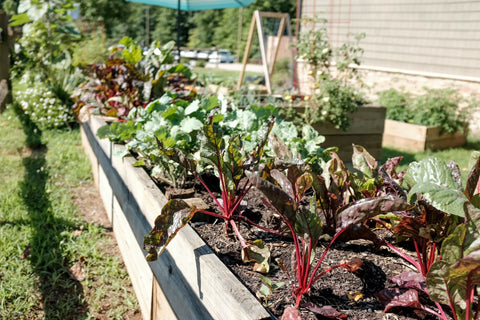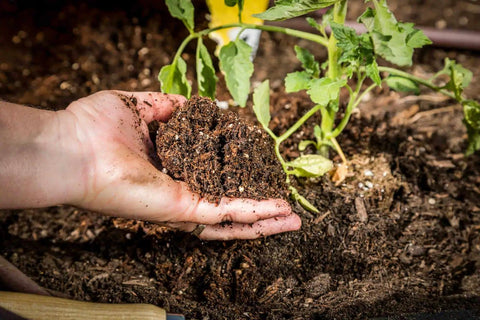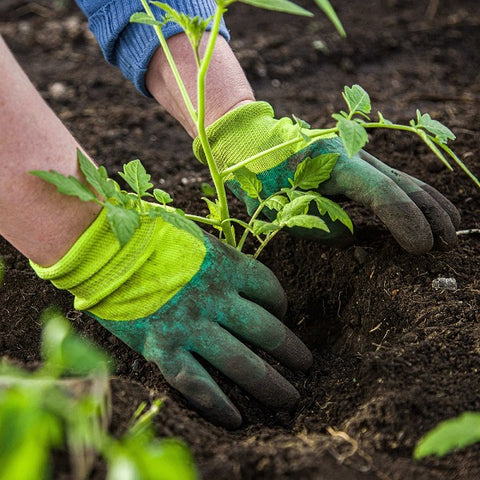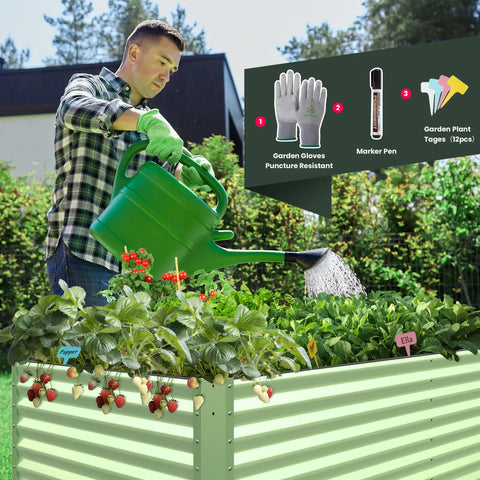In the world of gardening, there's a delightful secret that doesn't require vast outdoor spaces or a green thumb. Microgreens and sprouts, these tiny wonders, pack a punch of flavor and nutrition that belies their size. In this guide, we'll explore the art of cultivating these miniature powerhouses, offering quick and easy planting tips and exciting ideas to elevate your culinary experience.

Understanding Microgreens and Sprouts: The Mini Marvels
- Microgreens: Bursting with Flavor and Nutrients
- Microgreens are young vegetable greens collected immediately after the cotyledon leaves have emerged.
- Rich in flavor and nutrients, they offer a concentrated burst of taste and health benefits.
- Common varieties include broccoli, radish, kale, and sunflower microgreens.
- Sprouts: The Living Pantry Staples
- Sprouts are germinated seeds that are typically eaten raw, adding a crisp texture and nutritional value to dishes.
- Popular sprouts include alfalfa, mung bean, lentil, and clover sprouts.
- Known for their ease of cultivation, sprouts are ready to harvest in just a few days.

Quick and Easy Planting Tips for Microgreens: Bringing the Garden to Your Plate
- Choosing the Right Seeds:
- Opt for high-quality, organic seeds specifically labeled for microgreen
- Experiment with mixes for a variety of flavors and textures.
- Growing Medium:
- Use a sterile, well-draining growing medium like coconut coir or a soilless mix.
- Fill shallow trays or containers with the growing medium, providing a uniform surface for even growth.
- Sowing and Germination:
- Broadcast seeds evenly across the surface, pressing them gently into the growing medium.
- Mist the seeds with water and cover the tray with a lid or plastic wrap to create a humid environment.
- Place in a well-lit area, and within a week, you'll witness the emergence of vibrant microgreens.
- Harvesting:
- Once the microgreens have reached a height of 1-3 inches, carefully snip them above the soil line.
- Rinse and pat them dry before incorporating them into salads, sandwiches, or as a garnish.

Sprouting 101: From Seed to Sprout in Days
Seed Selection:
- Choose seeds suited for sprouting, ensuring they are untreated and suitable for human consumption.
- Common choices include alfalfa, radish, broccoli, and lentils.
- Rinsing and Soaking:
- Rinse the seeds thoroughly before soaking them in clean water.
- Allow the seeds to soak overnight or for the recommended time, promoting the germination process.
- Sprouting:
- Drain and rinse the seeds twice a day.
- As the tiny sprouts emerge, they can be transferred to a sunny location to develop chlorophyll and green color.
- Harvesting:
- Harvest sprouts once they have reached the desired length, typically 3-5 days after germination.
- Rinse the sprouts and store them in the refrigerator for freshness.

Creative Ideas for Microgreens and Sprouts: Elevating Culinary Experiences
- Gourmet Salads:
- Enhance the flavor and nutritional content of salads with a mix of microgreens and sprouts.
- Sandwiches and Wraps:
- Add a crunchy texture and vibrant taste to sandwiches or wraps by layering in microgreens and sprouts.
- Smoothie Boost:
- Blend microgreens into smoothies for a nutritional boost without compromising on taste.
- Garnishes:
- Elevate the presentation of your dishes with microgreen and sprout
Conclusion: A Tiny Garden, Big Rewards
Microgreens and sprouts are not just about quick and easy planting; they represent a journey from seed to plate in a matter of days. Whether you're a seasoned gardener or a novice in the world of greenery, cultivating these miniature marvels can bring joy to your kitchen and a wealth of health benefits to your diet. Embrace the simplicity, experiment with flavors, and discover the satisfaction of growing your own nutrient-packed delights right at home.









